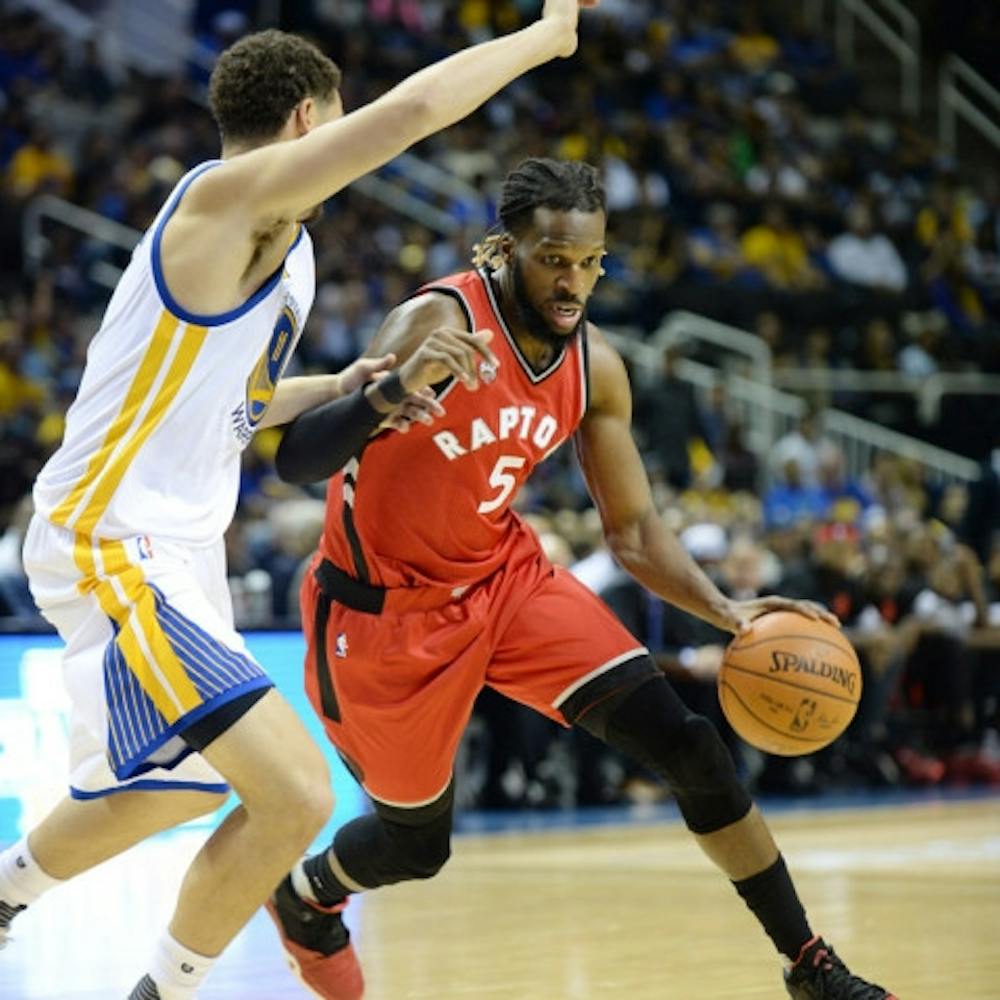[caption id="attachment_11632" align="alignnone" width="616"] NBA.com[/caption]
The NBA regular season tipped off Tuesday night when the players finally returned to on-court action. But the season that allows those players the opportunity to even shoot a jump shot began over the summer.
That season is referred to as free agency.
NBA.com[/caption]
The NBA regular season tipped off Tuesday night when the players finally returned to on-court action. But the season that allows those players the opportunity to even shoot a jump shot began over the summer.
That season is referred to as free agency.
 NBA.com[/caption]
The NBA regular season tipped off Tuesday night when the players finally returned to on-court action. But the season that allows those players the opportunity to even shoot a jump shot began over the summer.
That season is referred to as free agency.
NBA.com[/caption]
The NBA regular season tipped off Tuesday night when the players finally returned to on-court action. But the season that allows those players the opportunity to even shoot a jump shot began over the summer.
That season is referred to as free agency.
This past July the NBA free agency period saw ridiculous summer action, to the point where one could figure that most player’s agents walked into the negotiating room and yelled “Show me the money!” like the scene from Jerry Maguire.
Due to the new television con- tract the NBA signed with ESPN and TNT - reported by The New York Times as paying out $2.66 billion per year over the next nine years - the league will see a significant increase in salary cap over the next three seasons.
Signs of the impending increased cap have already taken shape.
Over the free agent period that began on July 1, the NBA saw a total of 23 contracts signed with a sum of at least $50 million. During the 2014 free agency period, that type of contract was only signed by five players.
These contracts create dilution in a sport where players are already the highest paid on average in the world. The average player earned $4.6 million last season, according to data provided by Sporting Intelligence.
Take this past free agent period for instance. Of those 23 players that inked deals of at least $50 million, most of those guys are not even household names. Khris Middleton, Robin Lopez, DeMarre Carroll, Omer Asik, Thaddeus Young, and Tobias Harris - just to name a few - are in that group of 23 men. Of those players named, they combine for ZERO all-star appearances.
What exactly are these teams paying money for?
I understand that the market is headed in a certain direction with the inflation of the salary cap, expected to jump to a whopping $108 million in 2017-18 from $63 million last year, but does that warrant paying top dollar for middle class talent?
When a team goes out in free agency and drops a top-level contract for a player, the fan base who supports this team with purchase of tickets, merchandise, etc., expects top-level results.
But when a team, like the Toronto Raptors for instance, goes out a spends $58 million over four years on a player like Carroll - whose career averages are 7.6 points and 3.7 rebounds - how do they in turn justify that to the people who generate their revenue?
Well, unless Carroll turns in to the second coming of Lebron James, they don’t.
That is not to pick on Carroll, who is certainly a fine player in his own right, but he just happens to be a prime example of the disgusting trend of severe overcompensation that the NBA seems to currently be on.
Fans, and just the general public, will be forced to adapt to hearing about a middle-tier talent receiving top-tier money because this trend has no immediate stop in sight.
The NBA is bouncing itself on to a slippery slope, because once salary numbers jump like this it is hard to see them fall back down to earth.
For the integrity of the game’s sake, I hope the NBA adjusts this problem before the league produces a team of five average guys making a combined $200 million playing a game.
At that point, they may have to pay the fan to watch their games.
Maybe they could ask Carroll for a loan.
Dennis Chambers is a journalism major from Mullica Hill, N.J. He can be reached at Dennis.chambers@student.shu.edu or on Twitter @DennisChambers_.





